Human trafficking is a global crime and a form of modern day slavery. As a multi-billion dollar enterprise it is interspersed in every country and it impacts us all. No matter where you live, in a large city or a small village the odds of human trafficking and human exploitation occurring near you are fairly high. It doesn’t matter if you are living in a developed country or any other county – it is an international and global scourge.
As a multi-billion dollar criminal enterprise, it is set up as a type of business model where people recruit individuals who ultimately become trapped, and others who transport those victims, and others who are contractors and employers, and the list goes on and on. It is estimated that this “business” affects nearly 30 million people around the world.
Human trafficking can take a variety of forms, but two common types are: 1) sex trafficking, and 2) labor trafficking.
Sex Trafficking
In sex trafficking, girls, women and sometimes men, are forced into prostitution and to doing sex acts against their will. This form of trafficking gets the most highlight, because of the nature of the crime. In the United States, the average age of the victim in sex trafficking is thirteen, and one in three runaways are targeted within the first 48 hours of them running away from home. However, sex trafficking happens everywhere in the world, sadly sometimes even with the support of the victim’s family. These victims may be involved with sex trafficking for a few days, weeks, even years.
Labor Trafficking
The victims in labor trafficking are often given false promises of high-paying jobs or travel opportunities to lure them into horrendous work conditions. Once trapped, they have no way to escape. These victims can find themselves working long hours for very little pay with physical and psychological control being exerted over them.
While this occurs predominately in the agricultural field, it is also happens with the domestic services, such as nannies and maids.
Red Flags to Detect Human Trafficking
While prostitution itself is a potential red flag, if the woman doesn’t speak the native language, that can be a definite red flag. By not speaking the local language, that is one way traffickers can isolate women. Other red flags in sex trafficking include women housed in high security areas with cameras and boarded windows, or seeing a group of people and one person speaking for the whole group and not allowing members of the group to speak for themselves.
In labor trafficking if individuals are not able to come and go as they wish, or if they are paid very little or not at all or just by tips, these are red flags as well.
Typically, none of them are in control of their own money, have no financial records or bank accounts, and often the victims have few or no personal possessions. In fact, they may not even have their own identification documents. Passports, driver’s licenses and other similar documents are routinely held by the traffickers to control them.
